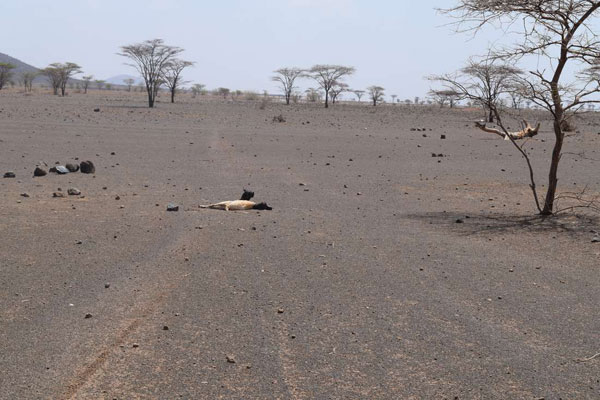12th May 2019
A growing number of entities in government, business, civil society and academia have, during the past several years, been pushing for a new economic paradigm. Quite unsurprisingly, circular economy, as it is referred to, has not excited many in government and the business community.
There are valid reasons why business and government respond the way they do whenever they are confronted with the question of circular economy. Shareholders usually have a fairly reasonable and straightforward expectation of directors and managers: “Give us a return on our investment.” At the end of the financial year when big firms parade their financial results, everyone’s attention is usually on that one big number, profit after tax. No CEO wants to be the odd one out, announcing reduced profits or loss, the reasons notwithstanding.
The government, for its part, knows better than anyone else that business butters its bread by paying taxes, creating employment opportunities and leading research and innovation. It is not in its interest to lead businesses down a path that leads to reduced taxes.
Yet in their reflective moments, leaders in government and business often worry about the long- term future of the economy and enterprise.
During the past few decades, we have witnessed severe climatic and environmental changes that have multiplied risks for businesses in almost every sector. Rainfall, for instance, has become scarce and unpredictable. And this doesn’t seem to be a temporary crisis. It has been long coming underlined by the number of permanent rivers which have become seasonal and the melting icecaps on Mount Kenya and Mount Kilimanjaro. The immediate casualties have been tourism and agricultural sectors but ultimately, the risk will spread to the entire economy.
Sustainable economies
Circular economy is borne out of the need to reverse this trend so that businesses can be sustainable in the real sense of the word. Everyone acknowledges that the current linear model is not sustainable. We can’t operate a system of take, use and waste and expect to build sustainable economies and communities. There has to be a stop to it.
A number of businesses now produce sustainability reports, in addition to or as part of, the annual financial report to demonstrate their contribution to more sustainable and inclusive communities. The government itself in 2017 banned the manufacture, import and use of thin plastic carrier bags out of the same recognition. This acknowledgement must form the basis upon which circular economy will take off.
Reuse, Remanufacture
The concept of circular economy essentially means that we use and re-use rather than use up. It also means, ultimately, that there is no waste because everything that is made right can always be put back to use either in whole or in parts. We don’t just take and use up, we redesign, remanufacture, recycle and reuse.
Some experts estimate that circular economy could reduce carbon emissions by up to 70 per cent by 2030 if governments come up with policies that encourage economies to transition from linear to circular. And while at it, circular economy could create millions of new jobs and whole new industries through redesign and remanufacturing.
Let us consider two sectors, energy and water, where Kenya could easily make a shift to circular economy through policy, education and investment.
Kenya is already water depressed and many regions of the country suffer acute water shortages all year round. That should be reason enough to put in place measures for rain water harvesting and setting up recycling systems for domestic and industrial water. Recycled water can be used for underground recharge, irrigation, construction, toilet flushing, artificial lakes and landscaping, among a myriad other uses. By treating water to safe standards, we can save rivers, lakes and other ecosystems from the pollution that currently plague some of our water systems, especially those in and around urban areas, while putting it to productive uses. It can also help minimise over-abstraction of water for agricultural and industrial uses.
Depressed rainfall
Energy is another low hanging fruit for Kenya’s economy. Firewood and paraffin remain the biggest sources of energy in most of Kenya’s households, including urban ones, which tend to use paraffin and charcoal, a product of firewood. Instructively, we no longer have enough trees and forests to meet this need. Indeed, the loss of our forest resources is one of the contributors to climate change and depressed rainfall.
The future of energy, however, is in renewables. In place of cutting trees, let us plant more and tap into the plentiful solar power. The availability of animal and human waste provides yet another avenue with production of biogas. We have wind energy as well as demonstrated with the construction of the Turkana Wind Power in Marsabit. Water levels may drop leading to low electricity generation. Diesel may become too expensive or unavailable. And we simply can’t afford to destroy our life support system by felling trees. But solar, wind and animal waste will always be there.


